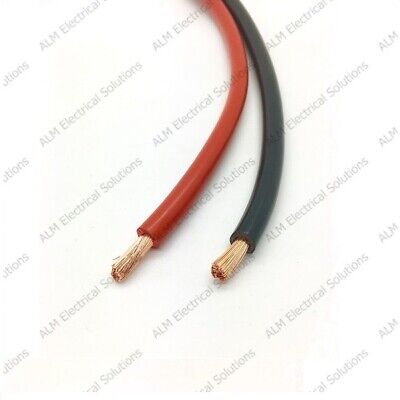mikewroe
Full Member
- Messages
- 83
Thanks for that excellent link. The 16mm cable I found was £19.79 per 5 m, now I shall use the 20mm @ £16.49/ 5mIf you're going to use 16mm cable on the output then closer than 1.5M between the two will give you that 0.1v drop or less.
If you've not purchased your cable yet then this may interest you
I used some recently and it's nice stuff. 20mm so slightly heavier/better but cheaper than 16mm probably because of it's slightly oddball size.
20mm² Flexible Battery Cable 135 Amp Black & Red - Automotive & Marine | eBay UK
Conductor Cross Section : 20mm². Not sure what you need?. Give one of our trained sales advisors a call and they'll be glad to help you out. Product Information. ALM Electrical Solutions is the UK's premier supplier of auto electrical parts and products.www.ebay.co.uk
Will check that the Sterling unit can accept that size cable when the units delivered in the next day or so.
